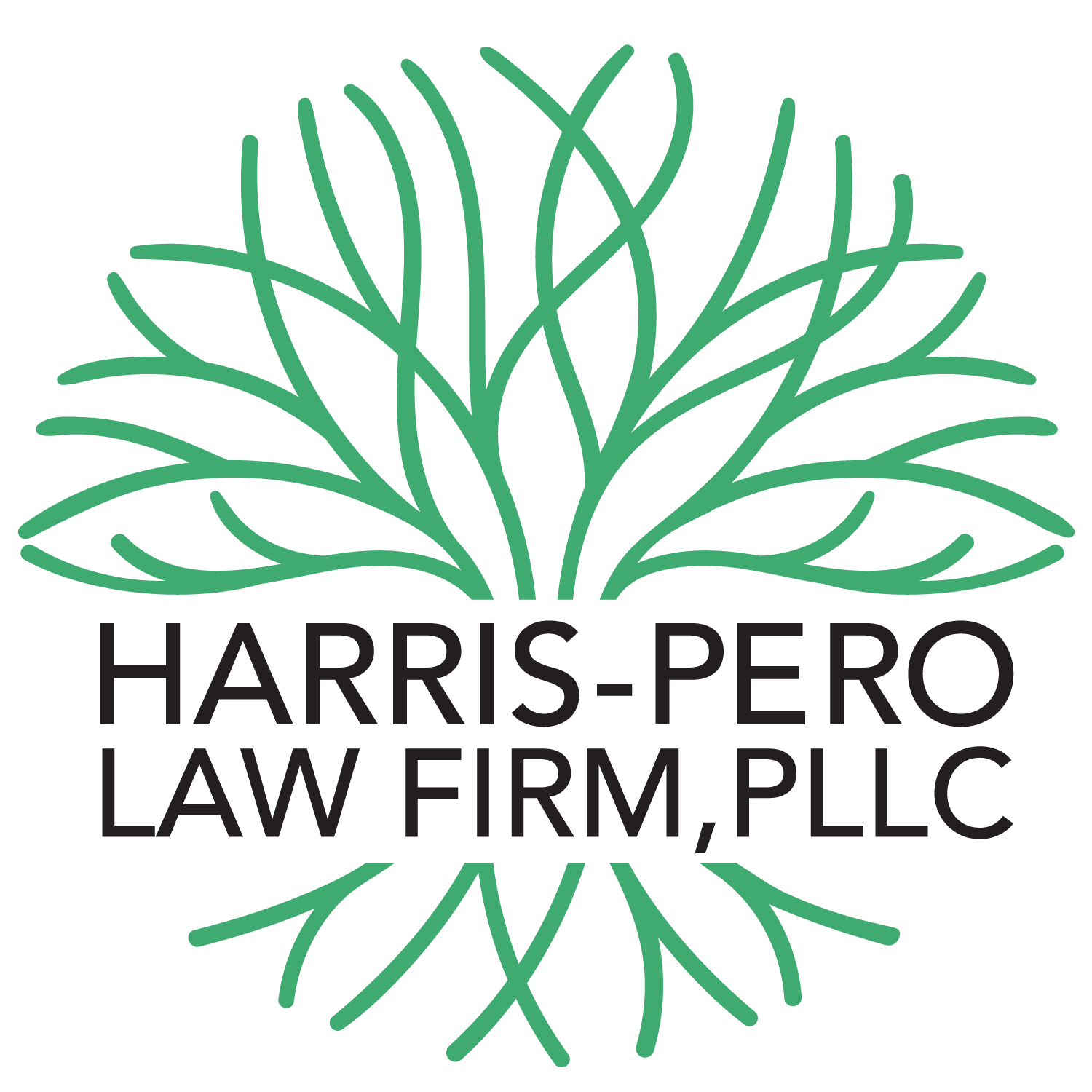Navigating the Probate Process: Appointing Executor
When a loved one passes away, navigating the legal steps can feel overwhelming. At Harris-Pero Law, we guide families through every step of the probate and estate administration process. Whether you’re an executor, administrator, or beneficiary, our team is here to help you navigate the legal complexities, minimize delays, and ensure your loved one’s wishes are honored.
In this guide, we’ll provide an outline of Phase 1 of the probate process: filing probate petitions and appointing an executor. Our goal is to provide you with the information you need to move forward with clarity and confidence.
Did the Decedent Have a Will?
Probate is the legal process by which the court, known as the Surrogate’s Court in New York, ensures that the Decedent’s Will is authentic, is properly signed and is witnessed in accordance with New York Law, and that their assets are distributed according to their wishes.
Administration applies when a decedent did not leave a Will. The court appoints a next of kin as the Administrator to distribute assets according to New York’s Intestate Laws.
This guide focuses on probate, the process of settling an estate when a Will is present.
Preparing for Probate
Once you’ve had time to grieve and gather essential documents, we recommend setting up a meeting with us to start the process. We will ask that you provide us with initial documentation including, but not limited to:
The original Will
A certified copy of the death certificate
Recent financial statements (dated close to the time of death)
Before we file a petition with the court, we need to get a general idea of the value of the estate. To do this, we will determine probate assets vs. non-probate assets. Non-probate assets are any accounts or assets owned jointly or with designated beneficiaries. Probate assets are any assets owned solely by the Decedent. Only the probate assets will be included in the estate's valuation.
As your attorney, we help initiate the probate process by filing the necessary petitions with the court and helping you obtain the authority to act as the estate’s Executor.
STEP 1: Filing the Petition
An attorney (on behalf of the named Executor of the Will) submits a petition for probate with the Court.
To get started, the court requires the following:
Petition for Probate:
The Petition details who is petitioning the Court for Letters Testamentary (the piece of paper that says “you are in charge of the estate” essentially), the decedent’s information, the value of the estate and who is entitled to assets under the Will. The petitioner will sign this in front of a notary.
Waiver and Consent to Probate:
We send the waiver and consent to Probate to the distributees. This form says that you, as the distributee, are aware that the Petitioner is filing the petition, you are waiving your right to receive service of process and consenting to the Will being admitted to probate (essentially signifying that you consent to the court proceedings without needing formal notification, saving time and costs for the estate.) This should be signed in front of a notary.
If a distributee was unwilling to sign this form, we would send a citation to the court. The Court would then set a hearing (known as a “return date”) and we would serve the citation on the parties who did not sign the Waiver. If the nonconsenting party does not show up to the hearing, it is assumed that they consent. If they do show up, and still do not consent, the matter may become litigious, and we would refer you to litigation counsel.
Notice of Probate:
This is sent to all beneficiaries named in the Will, providing a copy of the Will or pertinent sections. This is what is done in lieu of a “will reading,” as seen in movies and television.
Affidavit of Heirship and Family Tree:
This is signed by a neutral party (e.g., a neighbor or family friend) who is familiar with the decedent’s family structure but has no interest in the estate. Once you find someone willing, we will need their name, address, and to know how long they knew the Decedent for the Affidavit of Heirship. The family tree will include the Decedent and his or her spouse (if the Decedent was divorced at the time of his or her death, we will need proof the divorce), and the Decedent’s children and parents names. The neighbor/friend will sign these documents in front of a notary.
Original Will
Certified Copy of the Death Certificate
Filing Fee
STEP 2: Court Review
Once everything is signed and returned to us, we will file the petition and the supporting documents with the court and the Surrogate’s Court will review the filings. The time frame for appointment varies by jurisdiction.
STEP 3: Issuance of Letters Testamentary
If all steps are completed correctly, the court will issue Letters Testamentary, granting the Executor legal authority to act on behalf of the estate.
Moving Forward
The probate process may feel complex, but with the right guidance, it doesn’t have to be overwhelming. Our team is here to assist you every step of the way, ensuring your loved one’s wishes are honored and the estate is settled efficiently.
If you have questions or need help getting started, schedule an appointment with us. Together, we’ll navigate this process with care and professionalism.
Stay tuned for next week's blog, where we'll delve into Phase 2 of the probate process and what to expect.
